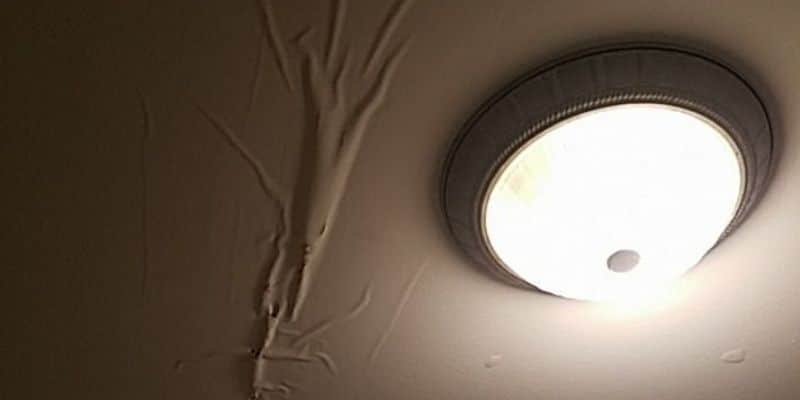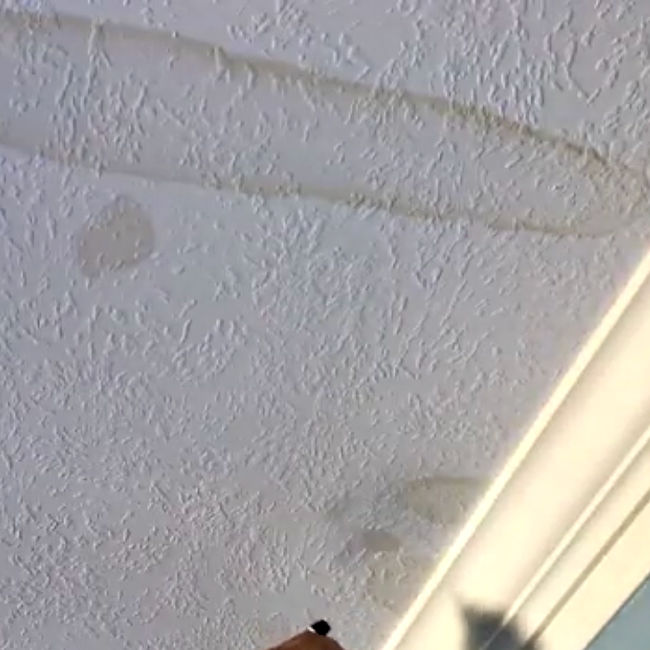Identifying Water Stains on Wall Surfaces - Instructions to Inspect and Fix Them
Identifying Water Stains on Wall Surfaces - Instructions to Inspect and Fix Them
Blog Article
Were you looking for details on Indicators of Water Damage Behind Walls?

Water discolorations on wall surfaces are not positive to the eyes. Often it seems nearly unavoidable to experience water spots on wall surfaces in residences.
Homeowners living in damp regions frequently deal with the worry of water discolorations on walls. That does not have to be the instance for you. With precise as well as well-shaped information on the causes of water discolorations and also prompt repair work processes, you will always be a step ahead of such incidents. So, this post assures to be a valuable overview for you.
3 Typical Root Causes Of Water Spots on Walls
Contrary to common belief, water spots on walls do not constantly stem from inadequate structure materials. There are several root causes of water discolorations on walls. These consist of:
Moist
When warm damp air meets with dry cool air, it triggers water droplets to base on the walls of structures. When there is vapor from cooking or showers, this takes place in bathrooms and kitchen areas. The water droplets can discolor the bordering walls in these parts of your home and also spread to various other locations.
Wet or condensation affects the roofing and walls of structures. This causes them to show up darker than various other areas of the house. When the wall is wet, it develops a suitable atmosphere for the development of microbes as well as fungis. These may have damaging effects on health and wellness, such as allergic reactions and breathing conditions.
Poor Drainage
This will certainly protect against water from seeping right into the walls. This web links to too much moisture that you notice on the walls of your structure.
The leading reason of wet walls, in this situation, can be a bad drain system. It can likewise be because of inadequate management of sewage pipes that run through the structure.
Pipeline Leaks
Most homes have a network of water pipes within the walls. This ensures that the pipes are faraway from the reach of harmful rats. It always enhances the practicality of such pipes, as there is little oxygen within the wall surfaces. This inhibits rust.
Yet, a drawback to this is that water leakage affects the wall surfaces of the structure and also causes widespread damages. An indicator of defective pipes is the look of a water tarnish on the wall surface.
Pro Idea
A houseplant in your home also enhances its moisture. If the residence is currently damp, you might want to introduce houseplants with very little transpiration. An example of ideal houseplants is succulents.
Water Stains on Wall Surface: Repair Work Tips
Homeowners would generally desire a quick fix when handling water discolorations. They would quickly realize this is disadvantageous as the water stains persist. So, right here are a couple of useful suggestions that will certainly direct you in the fixing of water stains on wall surfaces:
Conclusion
No one wants to have water stains on walls in their home, it can occur to the finest of us. This post offers you utilize, as you currently recognize how to handle this accident if it does occur.
It is always best to recruit professional services to help repair the damages in your home.
In some cases it appears practically unpreventable to experience water stains on walls in homes.
Contrary to preferred idea, water stains on walls do not always stem from bad structure products. There are numerous reasons of water stains on wall surfaces. The water beads can stain the bordering walls in these components of your residence as well as spread to various other areas.
Below are a couple of practical suggestions that will certainly direct you in the repair of water discolorations on walls:
CHECKING FOR WATER DAMAGE
Water damage can be costly, and it may begin before you even notice the first signs of trouble. Water damage can cause mold and mildew in your walls and floors, which can create an abundance of health concerns for your family. It can also lead to costly repairs of various appliances and general home fixtures. To avoid the pricey consequences of water damage, here are Warner Service’s top 5 places you should check:
The walls – The easiest place to spot the beginnings of water damage is on the walls and ceilings of your home. If water damage is present, there will most likely be water stains, especially around the windows and doorframes, and/or cracks in the drywall. If a stain looks unusual (discolored to brown, black or gray, raised texture), has a swollen appearance or is soft to the touch, contact a professional immediately. The pipes – To avoid water damage, consistently check the pipes in your kitchen (especially the dishwasher and ice maker), bathrooms, laundry room (specifically washing machines) and basement for corrosion, leaks and water stains. Pay special attention to where the pipes connect in your home and the location of caulking around the bathroom fixtures, including toilets, sinks, showers and tubs. Missing or loose caulking and grout could be signs of leaking water. This seepage can also quickly cause mold and rust, so double check your water heater and tank for wet spots on the floor. The floor – Water damage is very easy to spot on the floor. Look for any warping or buckling of the material, especially in the basement. If your home has wood flooring, look for bright white or dark stains. If your home has carpeting, keep it dry and clean. A damp carpet that smells of mold could cause water damage and health problems. To avoid this, consider installing floor pans under your appliances to help prevent damages from small, slow and undetected leaks. The basement and attic – If your basement or attic smells odd check for mold and mildew around the area, especially the valley where the roof meets. While you are inspecting those areas, check for wall cracks, floor stains, rust and dampness in the insulation. If you live in a colder and/or rainier climate, perform routine checks for water damage from melting snow or ice and rain. The exterior – Check the roof for damaged flashing and missing, cracked or curled shingles. There should also be no standing water anywhere outside your home. This could be caused by puddles, leaky rain gutters or hoses, poor drainage, or short gutter spouts. Invest in a sump pump system or water flow monitoring system, and perform routine maintenance on these outdoor appliances to avoid indoor water damage.

We hope you liked our excerpt about . Many thanks for taking a few minutes to read through our blog. You should set aside a second to promote this blog post if you appreciated it. We enjoy reading our article about Indicators of Water Damage Behind Walls.
Immediate response? Click here. Report this page